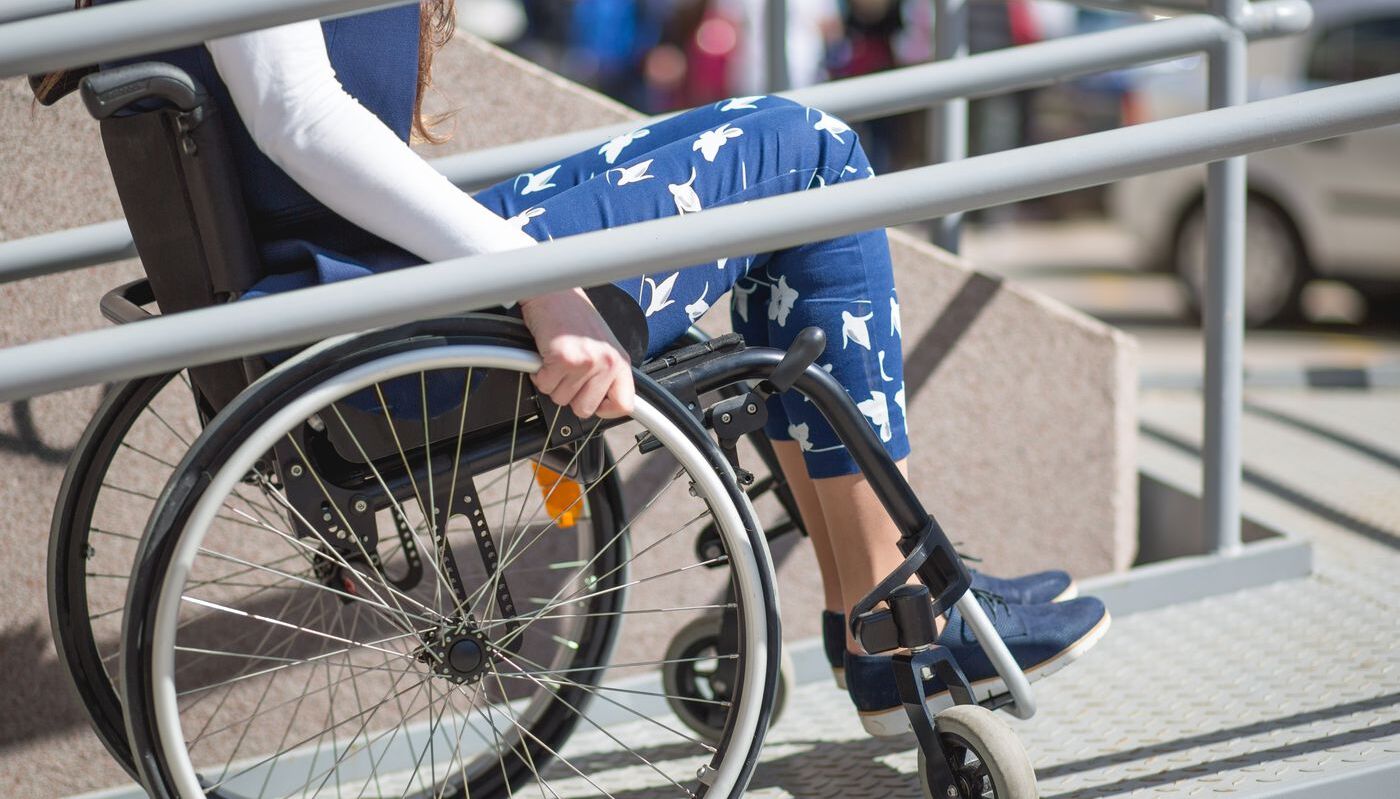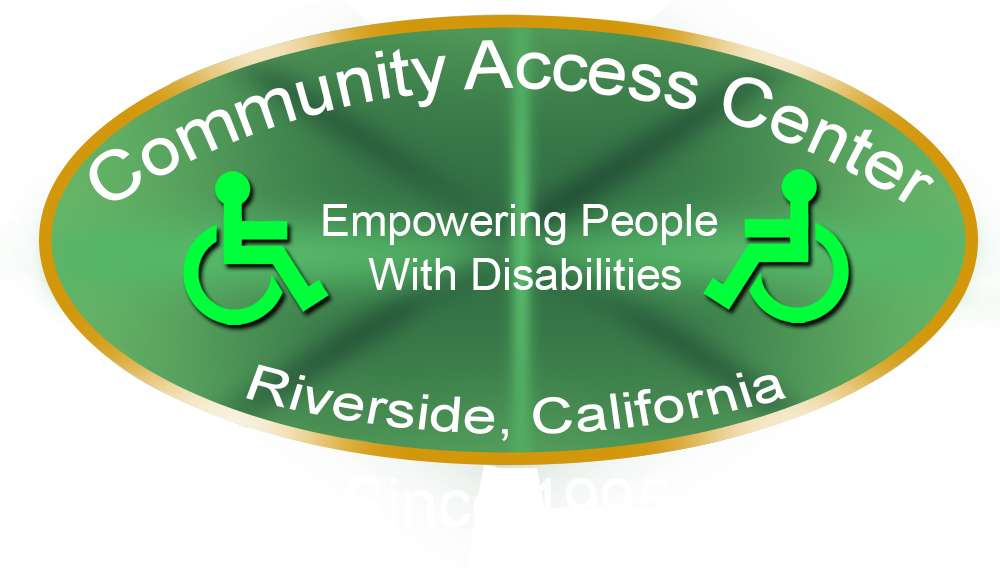Individualized Education Program

Staff in this project attend Individualized Education Plans (IEP) meetings. They also work with parents of children on mainstreaming, health intervention plans (504 Plan), and assistive technology programs.
In the United States, an individualized education program, commonly referred to as an IEP, is mandated by the
Individuals with Disabilities Education Act (IDEA).
In Canada and the United Kingdom, an equivalent document is called an “Individual Education Plan.”
An IEP is designed to meet the unique educational needs of one child, who may have a disability as defined by federal regulations. The IEP is intended to help children achieve educational goals more easily than they otherwise would.
34 CFR 300.320 In all cases, the IEP must be tailored to the individual student’s needs as identified by the IEP evaluation process and must especially help teachers and related service providers (such as para-professional educators) understand the student’s disability and how the disability affects the learning process.
The IEP should describe how the student learns, how the student best demonstrates that learning, and what teachers and service providers will do to help the student learn more effectively. Key considerations in developing an IEP include assessing students in all areas related to known disabilities, simultaneously considering their ability to access the general curriculum, considering how the disability affects the student’s learning, developing goals and objectives that correspond to the needs of the student, and ultimately choosing a placement in the least restrictive environment possible for the student.
As long as a student qualifies for special education, the IEP must be regularly maintained and updated over the student’s primary educational years (i.e., up to the point of high school graduation, or prior to the 22nd birthday). If a student in special education attends a university upon graduation, the university’s own systems and procedures take over. Placements often occur in “general education,” “mainstream classes,” and specialized classes or sub-specialties taught by a specifically trained individual, such as a special education teacher, sometimes within a resource room.
An IEP is meant to ensure that students receive an appropriate placement, not “only” special education classrooms or special schools. It is meant to give the student a chance to participate in “normal” school culture and academics as much as is possible for that individual student. In this way, the student is able to have specialized assistance only when such assistance is absolutely necessary, and otherwise maintains the freedom to interact with and participate in the activities of his or her more general school peers.
If your child is struggling in school, you may have heard about something called an IEP.
What is an IEP? IEP is an acronym that stands for Individualized Education Program. Some people may refer to it as an “individualized education plan.”
There’s a lot to know about IEPs and how they support kids with learning and attention issues. Understanding IEP basics can help you decide if you want to seek out an IEP for your child.
What Is an IEP?
An IEP is more than just a written legal document (or “plan”). It’s a map that lays out the program of special education instruction, supports and services kids need to make progress and succeed in school.
Each program is designed to meet a child’s exact needs. The term “IEP” is also used to refer to the written plan that spells out the specific types of help the child will get. Both the program and the plan are covered by special education laws, or the Individuals with Disabilities Education Act (IDEA).
- Debunk common myths about IEPs and myths about special education.
- Start to get an idea of what goes into an IEP.
- If you’re interested in learning about special education law, read more about IDEA.
Who Gets IEPs
IEPs are a part of public education. They’re given to eligible kids who attend public school. That includes charter schools. Private schools don’t offer IEPs. But students in private school may be able to get special education through what’s known as a service plan (also called an Individual Services Plan).
Even before they attend school, babies and toddlers can get services through early intervention. Once kids turn 3, they can get an IEP through their local public school district.
There are no IEPs in college. But eligible students often can still get accommodations through college disability services.
- See a side-by-side comparison of IEPs and service plans.
- If you have a very young child, learn more about early intervention.
- If your teen is college-bound, find out what types of supports are available at college.
IEPs vs. 504 Plans
You may have heard of students getting support at school under something called a 504 plan, rather than an IEP. Both can provide supports like accommodations and assistive technology. But a 504 plan isn’t part of special education, and it serves a different purpose than an IEP.
- See a chart that shows the differences between IEPs and 504 plans.
- Find out whether a child can have both an IEP and a 504 plan.
- Dive into our comprehensive guide to 504 plans.
The Benefits of an IEP
There are many benefits to getting an IEP. The process begins with a full evaluation that shows your child’s strengths and weaknesses. The results allow you and the school to create a program of services and supports tailored to meet your child’s needs. (Read more about the benefits of getting your child evaluated.)
With an IEP, your child will get individualized instruction that focuses on improving specific skills. But there are other types of help that can also be included in an IEP.
Kids might get accommodations, like extended time on tests, or related services, like speech-language therapy. Assistive technology (AT) is another type of support that can be part of an IEP. Learn about AT that can help kids with reading, writing and math.
Having an IEP gives you and your child certain legal protections, too. It allows you to be involved in decisions that impact your child’s education and learning goals. It also gives your child specific rights when it comes to school discipline.
All of these factors can help your child build skills, improve self-esteem, and find success at school.
One of the best ways to understand the benefits of IEPs is to hear from other parents who’ve been there. Here are two comments from parents in our Facebook community:
- “I knew my child’s IEP was working when my child was happy just to attend school and was coming home smiling instead of in tears and feeling sick.”
- “I knew [my son’s] IEP was working when the child I knew was finally the child they had in the classroom.”
You can connect with parents who’ve gone through the IEP process in our online community groups. You may also want to explore IEP personal stories to get a sense of the challenges and successes some families have faced with IEPs.
Community Access Center Never Charges A Fee For Services Provided.
We Advocate for you!
Investigation of discrimination claims and mediation on behalf of people with disabilities in order to resolve conflicts that impede the attainment of needed benefits and services.
Consumer Rights Notification
Every consumer of the Community Access Center has the right to appeal any decision which denies you service. (NOTE: The appeal must follow certain guidelines and time limitations; ask your service provider for a copy of the procedure).If you desire representation in addressing your concerns/dissatisfaction with the Community Access Center (CAC), you have the right to contact the Client Assistance Program (CAP) for assistance. Contact the CAP at 1 (800) 776-5746, (and for the hearing impaired their TTY 1 (800) 576-9269), and you will be referred to a Client Assistance Program not connected with CAC. This will prevent any potential conflict of interest.

